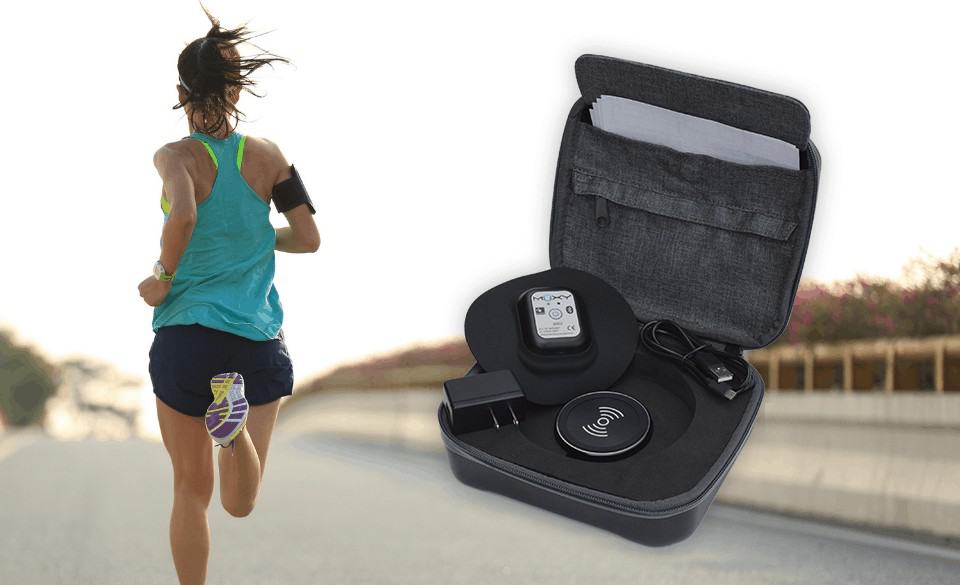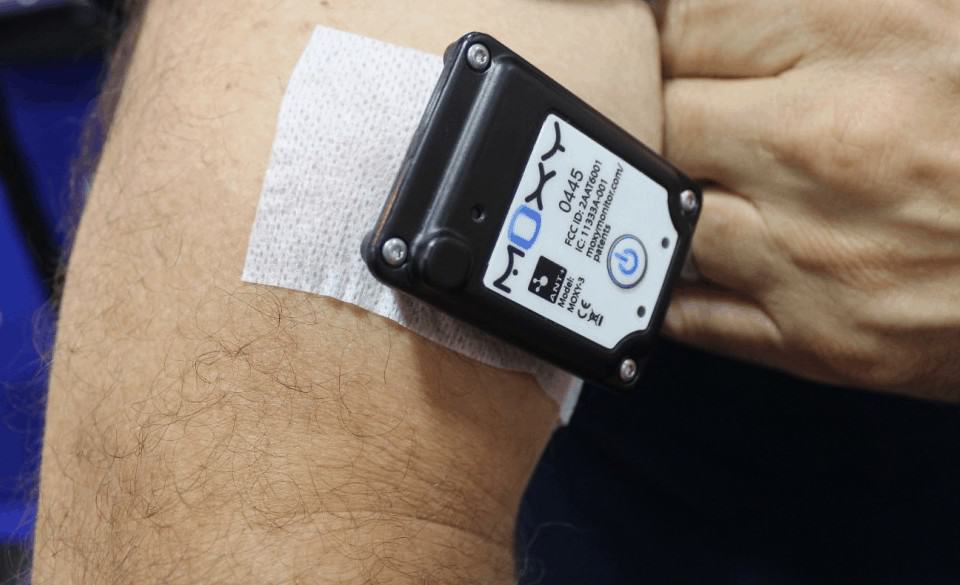
What Is Muscle Saturation? A Complete Guide To SMO2 Training
Page Contents
You may have seen tools now become available the measure Muscle Saturation. But what is muscles saturation? In this article we look into how measuring this can help the triathlete take more precise control of their training.
What Is Muscle Saturation? A Complete Guide
As a triathlete, many of us rely on Heart Rate monitors to set out training zones, whether this is running, cycling, or even swimming.
But there is another metric, Muscle Oxygen Saturation. This can provide relevant data on how efficiently your muscles are using oxygen. The metric helps you to understand how efficiently your muscles are using oxygen during a workout.
While heart rate training often has downsides and inconsistencies, monitoring your Muscle Oxygen Saturation tends to be a more accurate monitoring tool. Since heart rate is a systemic measurement, Muscle Oxygen Saturation measurement can be specific to certain muscles and can then provide real-time measurement.
Measuring this can let the athlete know when the body goes from aerobic to anaerobic during a specific workout. Allowing you to distinguish the effort required for the duration.
Sm02 measures the oxygen level in your muscles or provides the percentage of delivery and consumption to the muscles. During recovery or rest, this will sit at around 50-60%. But this depends on your overall fitness and numerous other factors.
During any training or exercise, the increase in oxygen is in demand. Because of this, your heart rate rises, and the need for more oxygen to the muscles is greater. This is where measuring the oxygen level in your muscles can provide good insight into when shifting from aerobic to anaerobic.
SMO2 Training – What You Should Know?
While Sm02 training is quite uncommon among amateur athletes, there are multiple devices that can measure Sm02 available.
Such devices can be located around a person’s quadricep. The measurement then comes from identifying the shades of red blood cells when they are transporting oxygen to the muscles. You then receive the data in real time via your Garmin or phone app from the manufacturer. It then provides the data in a percentage of the Sm02.
Optimizing your warm-up and recovery or determining your lactate threshold is a great way to make use of a SmO2 device. This allows lactate threshold testing without the need to go to a lab and undergo lactate threshold testing.
Once you are able to identify your lactate threshold and set your training zones, Sm02 measurement then becomes a great tool for pacing during an Ironman, Time Trial, or a running event.
While not only helping with maximal pacing strategies, Sm02 can be used with other metrics, such as power and heart rate to help give a better understanding of your training intensity and recovery.
SMO2 Vs SPO2 – How They Differ?
It is important not to get confused between what Sm02 vs Sp02 is. Sp02 measures the percentage of oxygen carrying haemoglobin in the blood, versus Sm02 which measures the oxygen saturation (SmO₂) levels in the muscles.
The measurement of both sm02 vs sp02 is important. Sp02 is a measurement that makes sure your blood oxygen saturation levels are at 95-100 percent. As we know the human body is very precise and needs a specific amount of oxygen on the blood to function properly.
For the healthy individual, the normal oxygen saturation level is around 95-100%. If the oxygen level drops below this, it can be a possible sign that there is a lung issue and the person may need supplementary oxygen.
On the other hand Sm02 is simply measuring the percentage of oxygen delivery and consumption in the muscles.
Oxygen Saturation Levels In Athletes
By knowing the oxygen saturation levels in athletes coaches are now able to pinpoint when Sm02 drops, causing fatigue. This allows coaches to analyse and guide the athlete to pacing strategies based on this information.
Oxygen saturation levels (Sp02) in athletes often decline when the athlete is fatiguing during the end of a workout. This means we can then adjust the intensity of the workout, preventing over training and fatigue. Because of this the carbon dioxide increases as well as lactic acid build up and thus haemoglobin oxygen saturation drops, then the need for oxygen increases.
Oxygen Saturation levels in athletes (Sp02) are often lower than the typical 95-100%. This is because of the tendency for blood oxygen levels to drop are common when training at high intensity.
There are multiple tools out on the market to measure muscle oxygen. One of these tools is Moxy Muscle. It is an oxygen monitoring system that measures the percentage of oxygen levels in a persons muscles when they train. through real time measurement it provides feedback on intensity.




